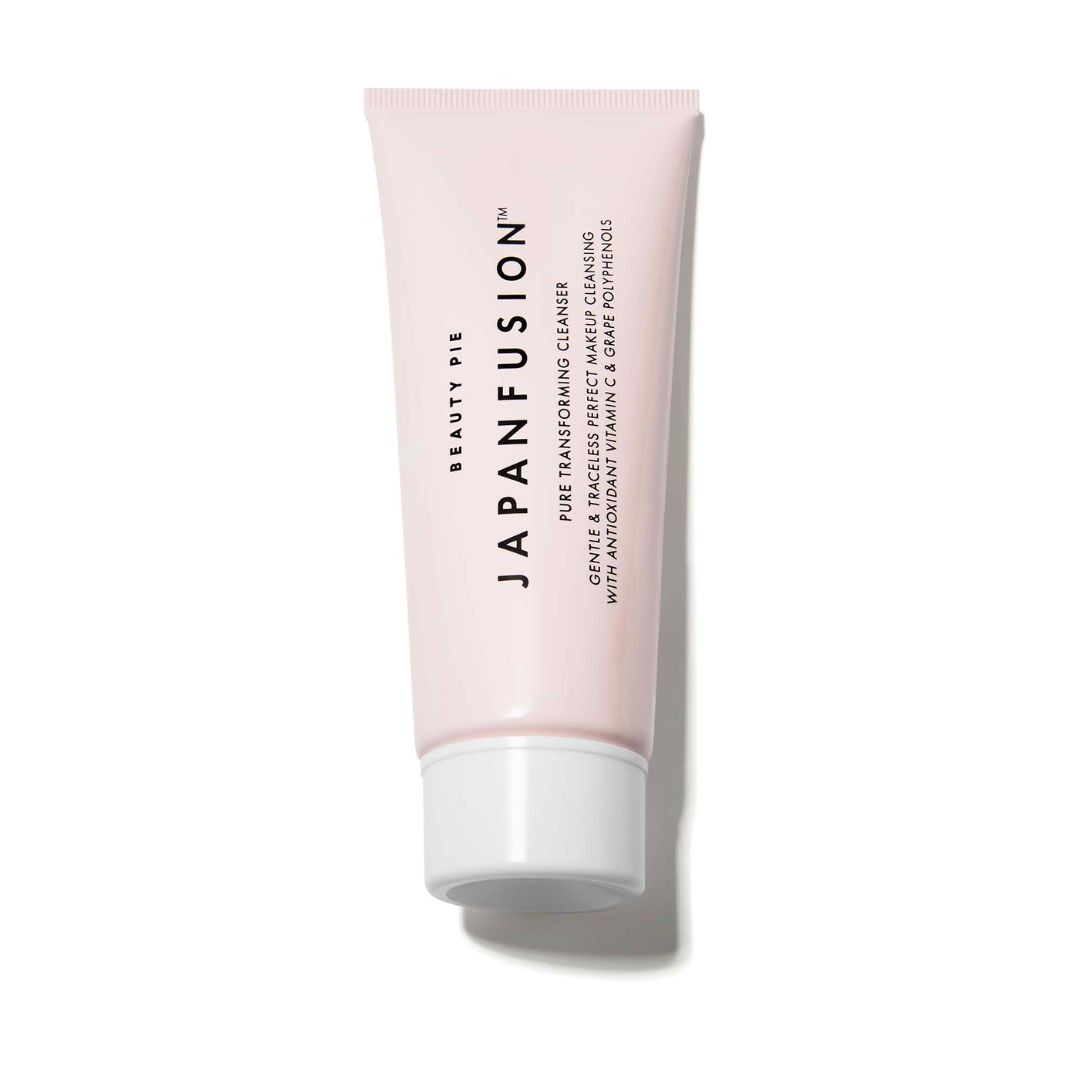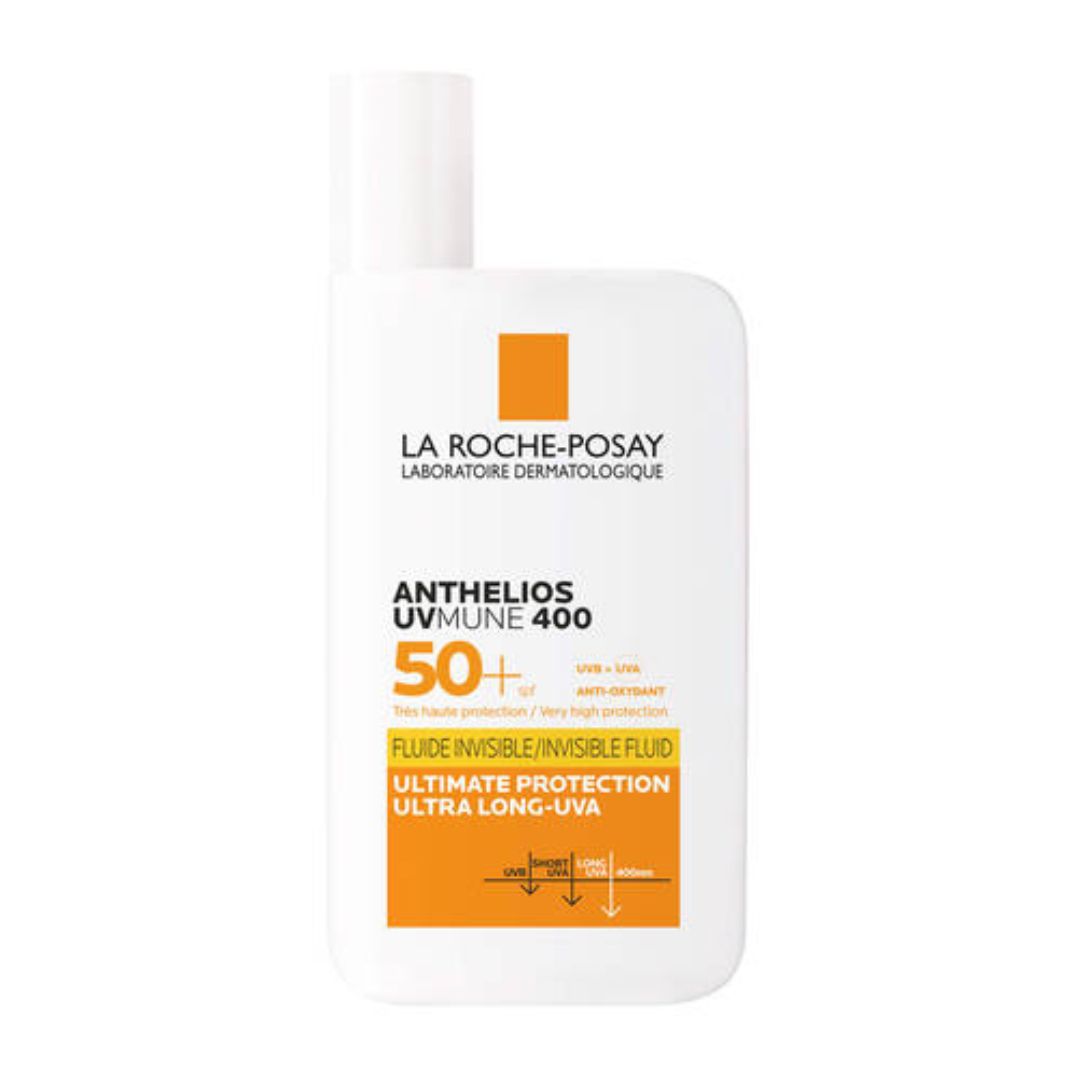Battling stubborn breakouts around your mouth? You could have perioral dermatitis—here's what to know
It's more common than you may think

Perioral dermatitis is a skin condition that almost always occurs in young women but it's one that doesn't really get enough attention. For that reason, many women who do experience the condition often don't know what it is, what's caused it and definitely not what to do about it—in fact, it's often mistaken for acne.
That's why we've called in the help of two skin experts—Dr Derrick Phillips, consultant dermatologist and Dr Dev Patel, specialist in aesthetic and regenerative medicine and founder of CellDerma and Perfect Skin Solutions—to dive into the basics of what to know so that you're armed with all the right information.
What is perioral dermatitis?
Perioral dermatitis is the name for a rash that affects the lower face. "It typically manifests as irritated eczema-like patches below the nostrils and on the chin, often studded with small red spots and pus-filled spots," explains Dr Phillips. "It can also affect the skin around the eyes, with small red spots and red scaly patches," he adds. The spots are typically all the same in appearance (unlike acne, where you might get some large and some smaller pimples) and doesn't occur right around the border of the lips (again, where acne breakouts can appear). Dr Patel echoes this, adding: "There is often scaling and dry skin too, typically associated with an itching or burning sensation." These symptoms often mean perioral dermatitis is mis-self-diagnosed as acne.
According to Dr Phillips, it's an issue that is becoming increasingly common and shouldn't be confused with other conditions like seborrhoeic dermatitis (a skin condition that affects the scalp), acne or rosacea.
What are the causes and triggers of perioral dermatitis?
rLike many skin conditions, the experts say the exact cause of perioral dermatitis isn't yet understood. "Factors such as the use of topical and inhaled steroids, a disrupted skin barrier, overuse of cosmetic products (including foundation and other occlusives) and certain toothpaste ingredients [fluorinated toothpastes] have been associated with the condition," Dr Phillips explains.
While not necessarily causes, common, everyday things can also exacerbate the condition, such as toothpastes (as mentioned by Dr Phillips), make-up and heavy face creams. In addition, certain skin issues can also make matters worse. "Changes in hormones, a breakdown of the skin barrier and problems with the immune system and bacterial infections [can contribute]. Physical factors such as UV light, heat and wind may also exacerbate the dermatitis," says Dr Patel.
How to treat perioral dermatitis?
Now you know what it is, you probably want to know how to get rid of it. Here's what to know about both in-clinic and at-home perioral dermatitis treatment.
Celebrity news, beauty, fashion advice, and fascinating features, delivered straight to your inbox!
In-Clinic Treatment
If you go and see a professional (which you should if you're really suffering), they'll advise on some thing to cut out of your routine and some potential ointments to start incorporating. "Discontinuing topical steroids and switching to anti-inflammatory creams and ointments, such as tacrolimus or pimecrolimus which are available on prescription [might help]," Dr Phillips explains. "Topical antibiotics like metronidazole can be helpful for mild cases, while oral tetracycline antibiotics are required for more severe cases," he adds.
If you have the time and budget to seek out other treatments, you might want to try an LED treatment. Dr Patel suggests the in-clinic Dermalux TriwaveMD, which can help reduce symptoms.
At-home treatment
Looking after your skin at home is also very important, and in some cases, enough to clear the dermatitis alone if the case is mild. Dr Phillips advises stripping back your skincare routine completely, avoiding actives such as retinoids and acids. "Gentle and hydrating cleansers should be used to repair the skin barrier and lock in moisture," he says. But don't go too crazy on the moisture because occlusives, like Sudocrem, should be avoided.
Try super-moisturising (yet gentle) cleansers and moisturisers that are fragrance-free and free from active ingredients like vitamin C, AHAs and BHAs. "Topical steroids may temporarily improve symptoms, but in the long run will will perpetuate the condition and should be avoided at all costs," Dr Phillips adds.
Keep a simple skincare routine that is pared-back to just a few steps: cleanse, moisturise and protect (with sunscreen). You might also want to introduce an azelaic acid into your routine, which can help calm down flaring; similarly to how it does for people with rosacea. Ask your GP or dermatologist for a 15% azelaic acid prescription (which is what I personally use to keep my rosacea under control).
All of this should result in your perioral dermatitis getting better—but remember, sometimes it can get a little worse before it gets better, particularly when it comes to removing things like topical steriods.
How long does it take for perioral dermatits to clear?
As is often our answer when it comes to skin conditions: it depends. It can take anything from a few days to several months in more severe cases. "If there is a clear link between a change in product or medication that has caused the outbreak, not using that product again should prevent the rash from returning," says Dr Patel. "Sometimes cases can persist for years, especially if trigger prevention is not implemented," he adds. For this reason, we recommend getting help from a professional to identify your personal triggers and get a treatment plan in place.
Tori is a freelance beauty journalist and contributor for Marie Claire. She has written for various titles, including Allure, Glamour, Elle, Refinery29, Brides, and more. Currently training to be a nail tech, Tori is a total nail enthusiast and always has time to talk all things nail art. When she’s not writing about beauty and testing products, Tori can be found walking her rescue dog Pip, drinking great coffee, and eating as many croissants as humanly possible.



